いろいろ consider the parabola y=x^2 the shaded area is 606492-Consider the parabola y=x^2 the shaded area is
The maximum area of the rectangle is given by \{S_{\max }} = a\sqrt 2 \cdot b\sqrt 2 = 2ab\ It is interesting to note the special case where the ellipse has equal major and minor axes, that is it is a circle \a = b = R\ In this case, the rectangle with the largest area isShaded region be required region So, from above diagram Consider equations from the given inequalities, y 2 = 2x and x – y = 4 Question 6 Find the area bounded by the parabola y = x 2 – 1, the tangent at the point (2, 3) to it and the yaxis Solution Equation of parabola y = x 2 – 1Calculating the area of D is equivalent to computing double integral ∬DdA To calculate this integral without Green's theorem, we would need to divide D into two regions the region above the x axis and the region below The area of the ellipse is ∫a −a∫√b2 − (

19 Consider The Parabola Y X2 1 1 The Shaded Area Is
Consider the parabola y=x^2 the shaded area is
Consider the parabola y=x^2 the shaded area is- Transcript Ex 81, 9 Find the area of the region bounded by the parabola = 2 and = We know = & ,The area under the function y = f (x) from x = a to x = b and the xaxis is given by the definite integral ∫ a b f ( x) d x , for curves which are entirely on the same side of the xaxis in the given range If the curves are on both the sides of the xaxis, then we calculate the areas of both the sides separately and add them




Area Between A Curve And The 𝘺 Axis Video Khan Academy
Consider the following figure Find the point of intersection (P) of the given parabola and the line (2) Find the area of the shaded region (2) Answer 1 We have, y = x 2 and y = x ⇒ x = x 2 ⇒ ⇒ x 2 – x = 0 ⇒ x(x – 1) = 0 ⇒ x = 0, 1 When x = 0, y =0 and x = 1, y = 1 Therefore the points of intersections are (0, 0) and(1, 1) 2 Required area2 Question Find the area bounded by x = − y 2 and y = x 2 My Attempt I know it is a very simple question to ask on MSE, but I don't know why I get stuck If you trace the graph, then the point of intersection will be ( − 4, 2) and ( − 1, 1) The problem is that the parabola is not a function, hence it has two corresponding y for oneCalculus Find the Area Between the Curves y=x^2 , y=4xx^2 y = x2 y = x 2 , y = 4x − x2 y = 4 x x 2 Solve by substitution to find the intersection between the curves Tap for more steps Substitute x 2 x 2 for y y into y = 4 x − x 2 y = 4 x x 2 then solve for x x
When we have the equation of a parabola, in the form y = ax^2 bx c, we can always find the x coordinate of the vertex by using the formula x = b/2a So we just plug in the values In this case, the equation in form y = ax^2 bx c is equal to y=x^2 4x 12Y=x2 (1,1) (4,2) Figure 2 The area between x = y2 and y = x − 2 split into two subregions If we slice the region between the two curves this way, we need to consider two different regions Where x > 1, the region's lower bound is the straight line For x < 1, however, the region's lower bound is the lower half of the sideways parabolaAbove is the graph of given curve mathy=1x^2/math The area bounded by given curve is equal to the area bounded by the downward parabola mathy=x^21/math ans upward parabola mathy=x^21/math (as shown in above figure) Consider
THeorem Double Integrals over Nonrectangular Regions Suppose g(x, y) is the extension to the rectangle R of the function f(x, y) defined on the regions D and R as shown in Figure 1421 inside R Then g(x, y) is integrable and we define the double integral of f(x, y) over D by ∬ D f(x, y)dA = ∬ R g(x, y)dAConsider the parabola y = 8x x2 Find the slope of the tangent line to the parabola at the point (1, 7) Find an equation of the tangent line In part (a) y = Graph the parabola and the tangent line Find an equation of the tangent line to the curve at the given point y = x3 2x 2, (4, 58) Find an equation of the tangent line to the curveFind the area of the shaded region y= x2 y= sqrt(x) statistics finding the shaded region Find the area of the shaded region The graph depicts the IQ score of adults, and those scores are normally distributed with a mean of 100 and a standard deviation of 15 The shaded




Calculus I Area Between Curves
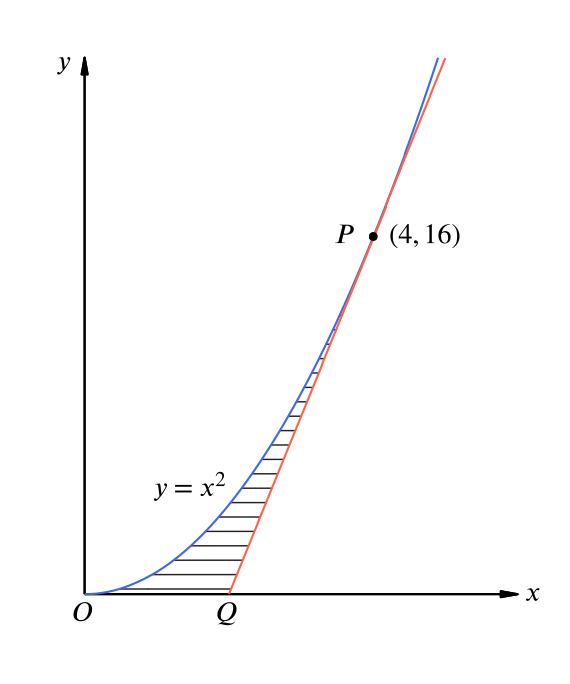



Solution Can We Find The Area Inside A Parabola A Tangent And The X Axis Calculus Of Powers Underground Mathematics
Consider the following figure Find the point of intersection (P) of the given parabola and the line (2) Find the area of the shaded region (2) Answer 1 We have, y = x 2 and y = x ⇒ x = x 2 ⇒ ⇒ x 2 – x = 0 ⇒ x(x – 1) = 0 ⇒ x = 0, 1 When x = 0, y =0 and x = 1, y = 1 Therefore the points of intersections are (0, 0) and(1, 1) 2 Find the area enclosed between the curve x 2 = 4y and the line x = 4y – 2 (March 11) Answer Question 3 (i) Area of the shaded portion in the figure is equal to (ii) Consider the curves y = x 2, x = 0, y = 1, y = 4 Draw a rough sketch and shade the region bounded by these curves, Find area of the shaded region Answer Question 4 The graph of you parabola looks like this The shaded area is equal to (2/3)ab, where a is the height of the shaded region, and b is the width at the base For this particular parabolic section, the value of a is 16, because (10 (6)) = 16 The width b is equal to 8, since the base spans from 2 to 6



How To Find The Area Enclosed Between The Line Y 2x 8 And The Curve Y X 2 3x 4 Quora



How To Find The Area Common To The Parabola Y 2 X And The Circle X 2 Y 2 2x Quora
Consider the parabola y = 6x − x2 (a) Find the slope of the tangent line to the parabola at the point (1, 5) 4 (b) Find an equation of the tangent line in part (a) y = Find the area of the shaded region, bounded by the parabola 16y=5x^216 and the lines y=0, y=6, and x=5 B_ find the centroid of the first quare the area bounded byAdvertisement Remove all ads Solution Show SolutionIn the figure given below, the equation of the solid parabola is y = x 2 3 and the equation of the dashed line is y = 2x Determine the area of the shaded region



Find The Area Of The Region Bounded By The Line X 2 And The Parabola Y2 8x Studyrankersonline
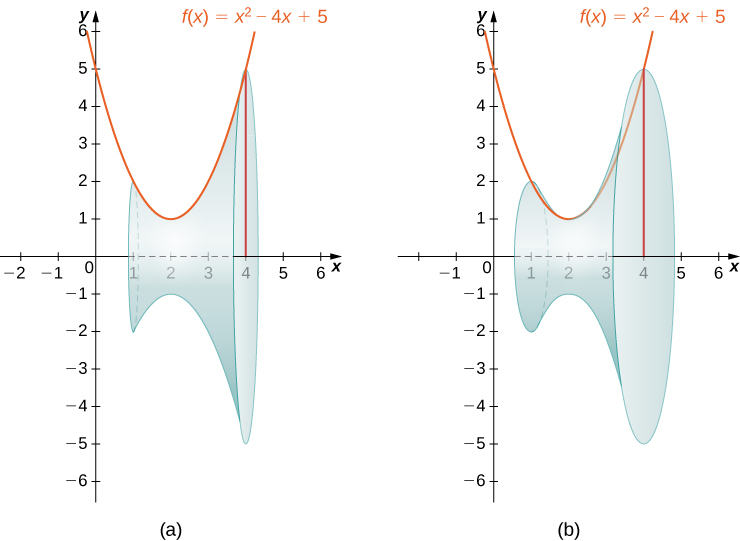



Determining Volumes By Slicing Calculus Volume 2
Find the area of the region bounded by the graph of the curve $y^2=x^3x^2$ and the line $x=2$ Exercise Find the value of $c$ such that the parabola $y =c x^2$ divides the region by the parabola $y=\frac{1}{9} x^2,$ and the lines $y=2,$ and $x=0$ into two subregions of equal area Exercise Find the area of the region bounded by the parabola $y=x^2,$ the tangent line to this parabolaIt's just about recognizing which function takes on the higher xvalue As we learned about in Vertical Areas between Curves, the function with the higher yvalue is the upper curve Here, since we are taking the horizontal areas between curves, we have to think about the xvalue and we get whichever one is the upper and lower functionsThe area we are to find can be found as the area of the light blue region minus the area of the light red region The area of the light blue region is given by \ \int_0^4 x^2 \dx = \left \dfrac{x^3}{3} \right_0^4 = \dfrac{4^3}{3} \dfrac{0^3}{3} = \dfrac{64}{3} The area of the light red region is the area of a triangle, and so it equals \ \dfrac{1}{2} \times \text{base} \times \text




Determine The Centroid X Y Of The Shaded Area Youtube
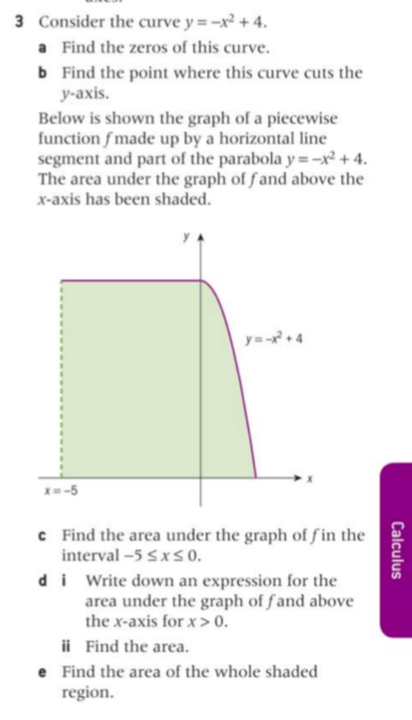



3 Consider The Curve Y X2 4 A Find The Zeros Of Chegg Com
Consider the parabola y=x^2 the shaded area is Answers 2 Get Answers The correct answer was given nitesh3786 To get the area of the shaded region we use the concept of integration From the diagram, the limits of integration are x = 0 to x=2 Lets integrate the functionAnswer and Explanation 1 The graphs of the functions are depicted in the diagram below with the desired area shaded in blue Note that the linear function is above the parabola Therefore, the Consider the parabola y=x^2 The shaded area is when a current flows through a cable heat is generated if the heat is too great the insulation would melt so when the correct cable is selected for




Quadratic Function




If Normal At Point P On The Parabola Y 2 4a X A 0 Meets I
View full document See Page 1 (ii) Calculate the shaded area enclosed by the parabola and the line 3 (c) Consider the function xy 2 x 2 1 0 1 y (i) Copy and complete the table above 2 1 (ii) Using Simpson's Rule for five function values, find an estimate for the area shaded in the diagram below 3 O y x A 0 y x 2Vertex of the parabola is at (4;0) Integrate with respect to x We must set up two integrals, one from x= 5 to x= 0 and the other from x= 0 to x= 4 We must also express the curves as functions of x, not y The line is y= x2 and the parabola is in two parts The upper part is y= p 4 xand the lower part is y= p 4 x Area = Z 0 5 (x 2) (p 4 xVideo transcript Instructor We have already covered the notion of area between a curve and the xaxis using a definite integral We are now going to then extend this to think about the area between curves So let's say we care about the region from x equals a to x equals b between y equals f of x and y is equal to g of x




Content Areas Above And Below The Axis



What Is The Area Of The Region Bounded By The Parabola Y 2 4x And The Line X 1 Quora
View LECTURE 5pdf from MATHS 144 at University of Zambia Application of integration Area under a curve Consider the shaded areas ∗ , ∗ , ∗ and ∗ below = • = =How to find area of the circles which is interior to the parabola Final words Thanks for visiting this website and spending your valuable time to read this post regarding how to find area bounded by two parabolas If you liked this post , do share it with your friends to benefit them also ,we shall meet in next post , till then bye and takeClick here👆to get an answer to your question ️ Consider the parabola y = x^2 The shaded area is Join / Login > 12th > Maths > Application of Integrals > Area Under Simple Curves > Consider the parabola y = x maths Consider the parabola y= x 2 The shaded area is Medium Answer



Area Of A Region Bounded By Curves



4a Volume Of Solid Of Revolution By Integration Disk Method
I'm thinking you want the total area of the two little "wedges" on either side of the yaxis Note that both parabolas are even functionArea y=x^21, (0, 1) \square!Find the area of the region bounded by y 2 = 9x, x = 2, x = 4 and the xaxis in the first quadrant The equation of curve is y 2 = 9x, which is right handed parabola Two lines are x = 2, x = 4




Solve This 10 Consider The Parabola Y X2 The Shaded Area Is 1 232 533 734 Physics Motion In A Straight Line Meritnation Com




Area Between A Curve And The 𝘺 Axis Video Khan Academy
Solve this 10 Consider the parabola y=x2 The shaded area is 1 232 533 734 Physics Motion In A Straight LineFind the area of the region bounded by y 2 = 9x, x = 2, x = 4 and the xaxis in the first quadrant The equation of curve is y 2 = 9x, which is right handed parabola Two lines are x = 2, x = 4The objective is to calculate the area of the shaded portion This is easily done by first calculating the area of the top half and then doubling it To find the the area of the part of the shaded portion in the first quadrant, obtain the equation of the top half of the ellipse You are now ready to calculate the area
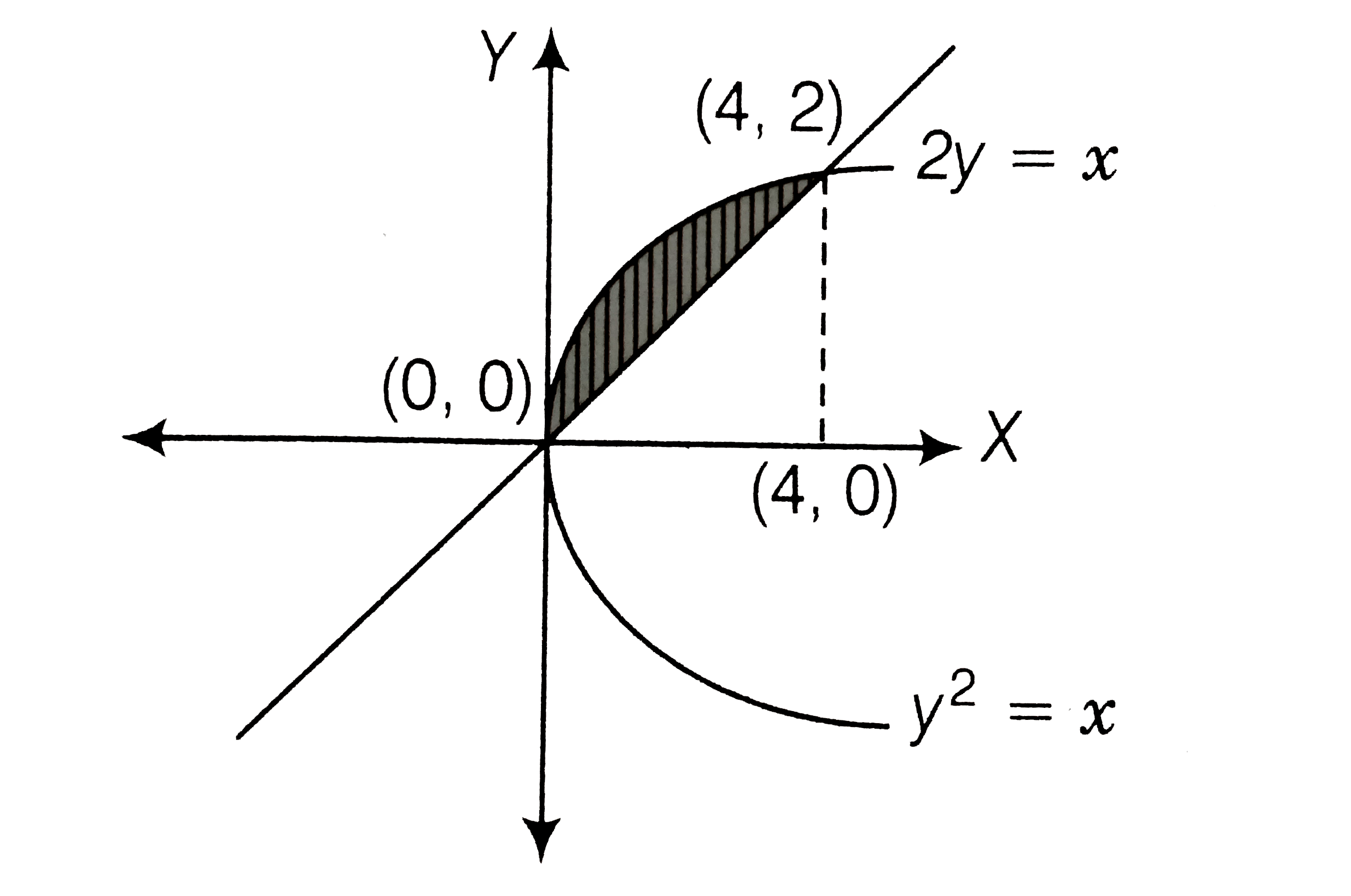



The Area Of The Region Bounded By Parabola Y 2 X And The Strai




Consider The Parabola Y Is Equal To X Square The Shaded Area Is Brainly In
(i) Area of the shaded portion in the figure is equal to (ii) Consider the curves y = x 2, x = 0, y = 1, y = 4 Draw a rough sketch and shade the region bounded by these curves, Find area of the shaded region Answer Question 4 Consider the following figure (i) Find the point of Intersection P of the circle x 2 y 2 = 32 and the line y = x y = 22 − 2(2) = 0 The first one is greater so we subtract the second from the first in the integral ∫ 4 0 (6x − x2) −(x2 − 2x)dx = ∫ 4 0 (8x − 2x2)dx = 4x2 − 2 3x3 ∣4 0 = 4(4)2 − 2 3 (4)3 − 4(0)2 2 3 (0)2 = 64 3 Answer link For instance I decided I wanted a parabola with an area of 10 and placed the other endpoint at (5, 0) This means I need a height of 3 to produce an area of 10 So we need a yvalue of three from the vertex of the parabola and a width of 5 meaning an xvalue of 25 at the vertex So, we say 3=b(25)a(25)^2 and 0=b(5)a(5)^2




15 2 Double Integrals Over General Regions Mathematics Libretexts




Calculus I Area Problem
Get stepbystep solutions from expert tutors as fast as 1530 minutes Your first 5 questions are on us!In what ratio does the xaxis divide the area of the region bounded by the parabolas y = 4x − x 2 and y = x 2 − x?We only need to use the x coordinates to calculate the area between each curve and the x axis The integral gives the area between the x axis and the function f(x) = –x 2 5x – 3 on the interval 1 to 3 This is the shaded area of the graph below In the same way is the area between y = x and the x on the same interval Again the graph shows the area found




Consider The Parabola Y X 2 The Shaded Area Is




Find The Volume Generated By Revolving About The X Axis The Region Enclosed By Y X 2 1 And 3x 2y 4 Be Sure To Draw The Region In The X Y Plane Label The Axis Of Revolution State
By symmetry this chord gives the largest area See Desmos illustration here For simplicity, in the illustration, the chord is fixed as the segment between $(0,0)$ and $(1,0)$, and the parabola rotates The area bounded by the parabola and the chord is given by $$2\int_0^{\frac 12}\frac 14x^2 \;\;dx=\frac 16$$ y = 4x − x2 is a parabola that is concave down y = x is the line that passes through the origin with slope 1 The integral for the area is ∫4x −x2 − xdx = ∫3x −x2dx integrating we have 3 2 x2 − 1 3 x3 Evaluating at we have (3 2)32 −( 1 3)33What is the area of the plane region bounded by the curves y=x^2 , y=x^22 and the xaxis?




What Is The Area Of The Region Bounded By The Parabola Y 2 4x And The Line X 1 Quora




Consider The Parabola Y X 2 The Shaded Area Is
Here, y = x2 −1 So, Equation of tangent at (2,3) on ⇒ y = x2 −1, is y =(4x−5)(i) ∴ Required shaded area = area( ABC)−∫ −13In Example61, we investigate how a single definite integral may be used to represent the area between two curves Example61 Consider the functions given by f(x)= 5−(x−1)2 f ( x) = 5 − ( x − 1) 2 and g(x)= 4−x g ( x) = 4 − x Use algebra to find the points where the graphs of f f and g g intersect Sketch an accurate graph of f fThe algorithm will be improved If the calculator did not compute something or you have identified an error, or you have a suggestion/feedback, please write it in the comments below Your input find the area between the following curves $$$ y = x^ {2} $$$ , $$$ y = \sqrt {x}




Areas Of Enclosed Regions



1




Consider The Parabola Y X 2 The Shaded Area Is




15 2 Double Integrals Over General Regions Mathematics Libretexts




Consider The Parabola Y X 2 The Shaded Area Is Brainly In




Ex 8 1 9 Class 12 Find Area Bounded By Parabola Y X 2 And Y X




Find The Volume V Of The Described Solid S The Base Of S Is The Region Enclosed By The Parabola Y 5 2x 2 And The X Axis Cross Sections Perpendicular To The




19 Consider The Parabola Y X2 1 1 The Shaded Area Is
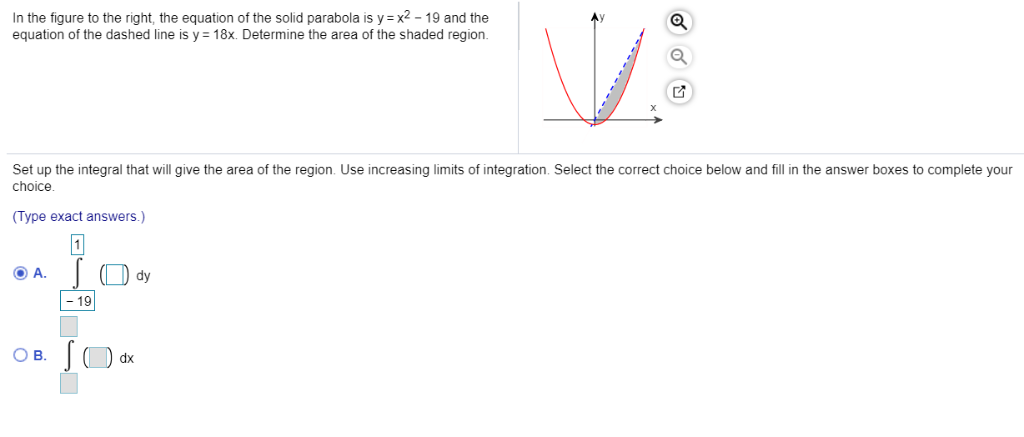



In The Figure To The Right The Equation Of The Solid Chegg Com




Determine The Centroid X Y Of The Shaded Area Youtube




Find The Area Of The Region In The First Quadrant Bounded By The Parabolas Y X 2 Y Frac 1 4 X 2 And The Line Y 2 Study Com
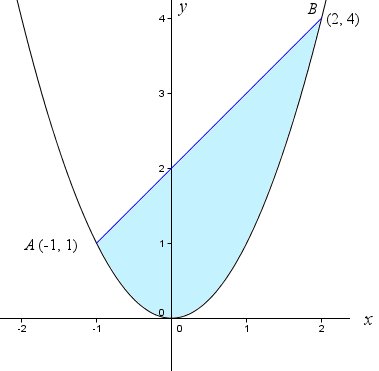



Archimedes And The Area Of A Parabolic Segment




19 Consider The Parabola Y X2 1 1 The Shaded Area Is




10 5 Determine The Moment Of Inertia For The Shaded Area About The X Axis Youtube




Average Value And Area Revisited
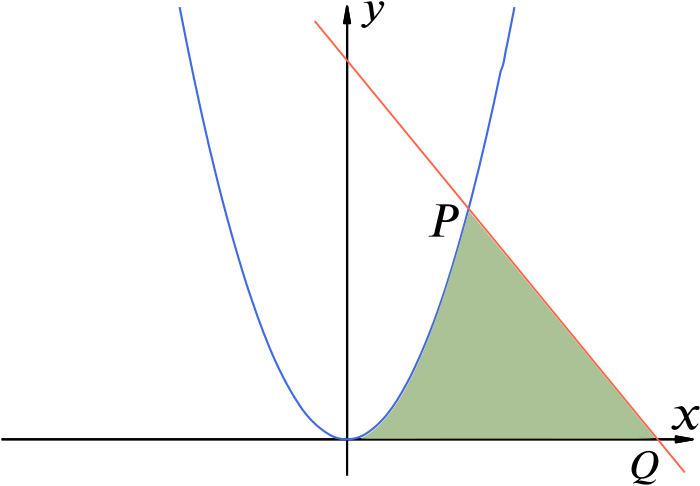



Solution Can We Find The Area Inside A Straight Line A Parabola And The X Axis Calculus Of Powers Underground Mathematics




Consider The Parabola Y X 2 The Shaded Area Is




0 Figure P9 9 Shaded Area For Problem P9 9 9 10 The Chegg Com




Solved Consider The Region Bounded By The Left Side Of Th Chegg Com




Consider The Parabola Y X 2 The Shaded Area Is




Consider The Parabola Y X 2 The Shaded Area Is




705 Centroid Of Parabolic Segment By Integration Engineering Mechanics Review At Mathalino




10 Consider The Parabola Yx 4 0 2 The Shaded Area Is 2 3 Scholr
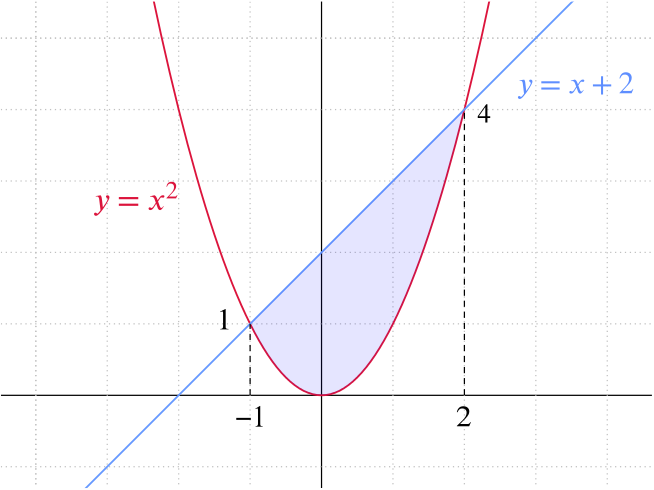



Solution Can We Find The Area Between A Parabola And A Line Calculus Of Powers Underground Mathematics




Ex Optimization Maximum Area Of A Rectangle Inscribed By A Parabola Youtube




10 Consider The Parabola Y X 4 0 The Shaded Area Is 1 A Par Scholr



Area Of A Region Bounded By Curves
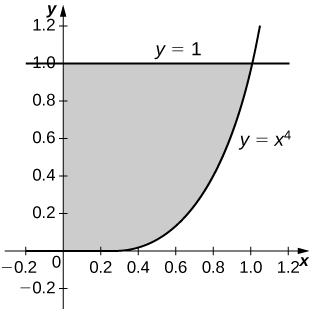



Determining Volumes By Slicing Calculus Volume 2




Find The Area Of The Region Bounded By The Parabola Y X 2 And Y X Youtube




The Area Of The Region That Lies To The Right Of The Y Axis And To The Left Of The Parabola X 2y Y 2 The Shaded Region In The Figure Below Is Given By The



1




Consider The Parabola Y X 2 The Shaded Area Is




19 Consider The Parabola Y X2 11 1 Solution The Shaded Area Is Win Wi 3




Solved The Graph Below Shows The Parabola Y 2 4 And Chegg Com



4a Volume Of Solid Of Revolution By Integration Disk Method




In The Given Parabola Y X2 Find The Area Of The Shaded Portion The Shaded Physics Motion In A Straight Line Meritnation Com




10 Consider The Parabola Yx 4 0 2 The Shaded Area Is 2 3 Scholr



1
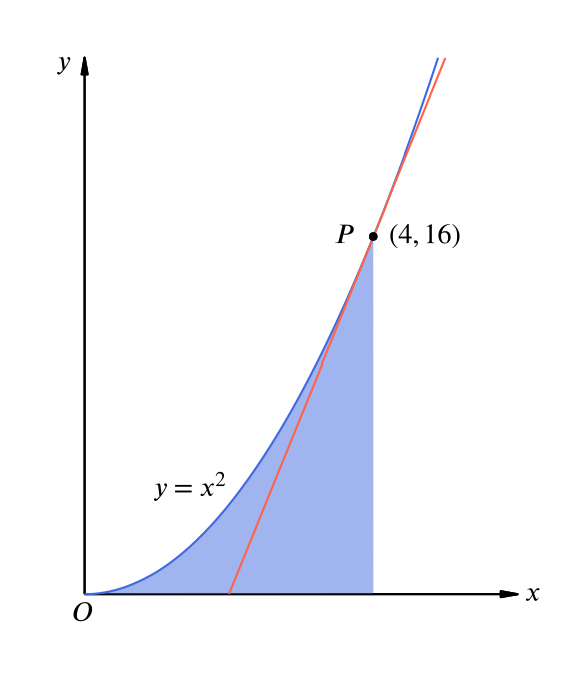



Solution Can We Find The Area Inside A Parabola A Tangent And The X Axis Calculus Of Powers Underground Mathematics
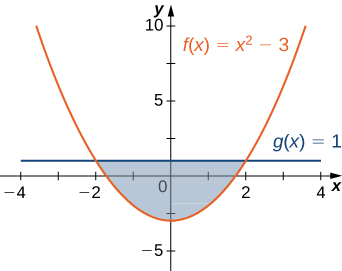



6 1 Areas Between Curves Calculus Volume 1




Consider The Parabola Y X 2 The Shaded Area Is




5 3 Riemann Sums Mathematics Libretexts



Volume Of A Solid Of Revolution Cylindrical Shells




Ex 8 1 9 Class 12 Find Area Bounded By Parabola Y X 2 And Y X
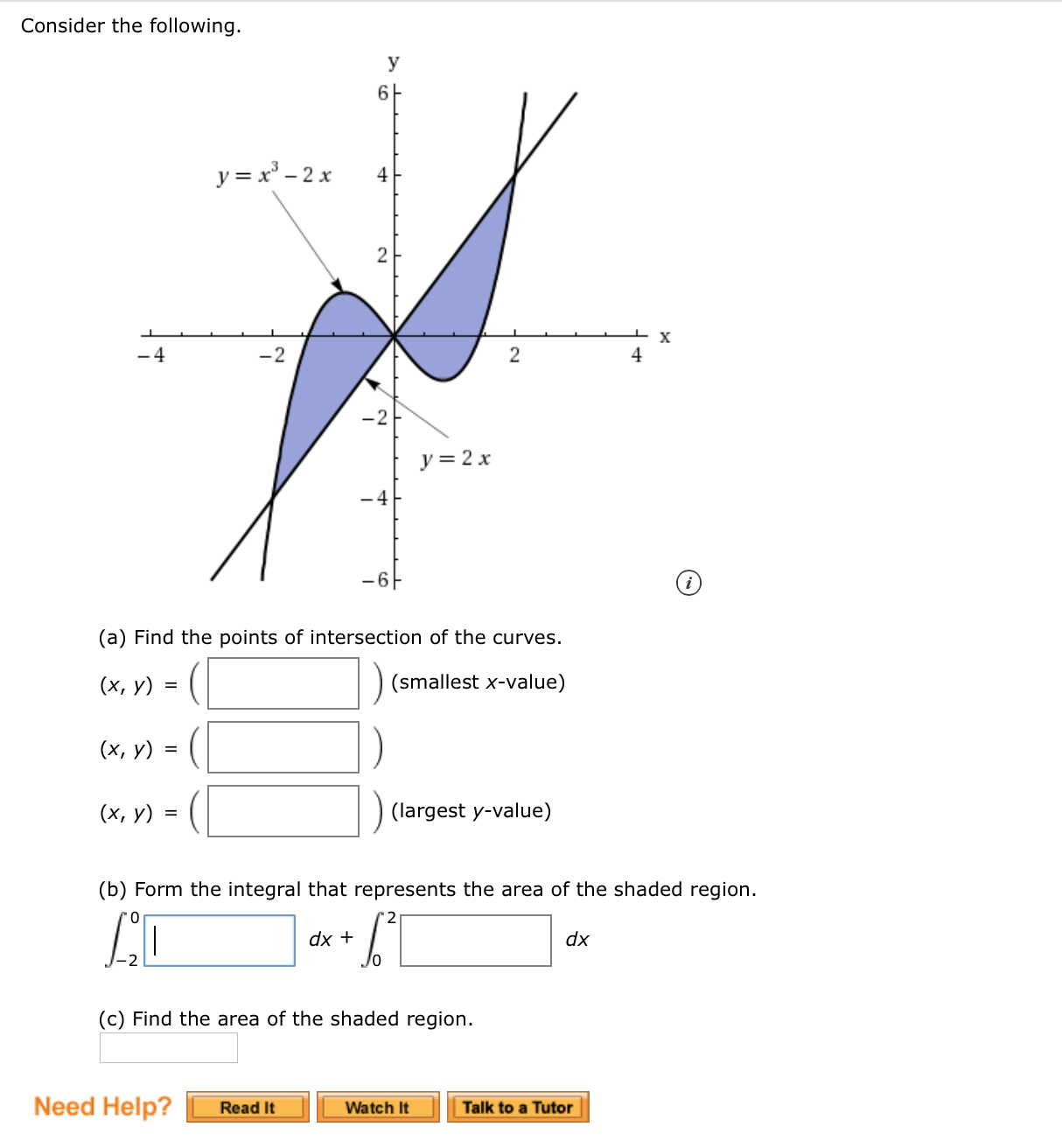



Answered Consider The Following Y 6f Y X 2 Bartleby




19 Consider The Parabola Y X2 1 1 The Shaded Area Is




The Area Bounded By The Parabola Y 4x 2 Y X 2 9 And The Li




Consider The Parabola Y 2 x Ellipse X 2 16 Y 2 9 1 And Hype



How Do You Find The Area Between The Curves Y 4x X 2 And Y X Socratic
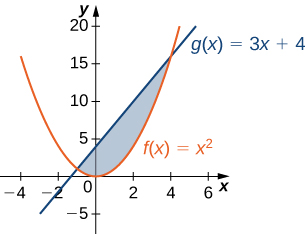



6 1 Areas Between Curves Calculus Volume 1



1




Content Areas Above And Below The Axis




Study Com Cimages Multimages 16 Image




What Is The Area Of The Region Bounded By The Parabola Y 2 4x And The Line X 1 Quora




What Is The Area Of The Region Bounded By The Parabola Y 2 4x And The Line X 1 Quora




Consider The Parabola Y X 2 The Shaded Area Is




Solve This 10 Consider The Parabola Y X2 The Shaded Area Is 1 232 533 734 Physics Motion In A Straight Line Meritnation Com




Find The Area Included Between The Parabola Y X 2 4a And The




Area Between Y 4x X 2 And Y X 2 Youtube




Answered In The Graph To The Right The Equation Bartleby



Www Wssd K12 Pa Us Downloads Ap calculus exam prep assignment 4 probs key Pdf



Www Coursehero Com Solutions Attachments



Deepaksirmaths Weebly Com Uploads 8 7 1 5 Area Under Curve Pdf
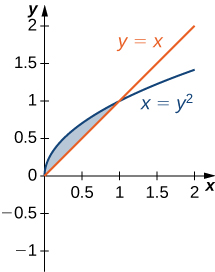



6 1 Areas Between Curves Calculus Volume 1




In The Figure To The Right The Equation Of The Solid Parabola Is Y X2 16 Homeworklib



How To Find The Area Common To The Parabola Y 2 X And The Circle X 2 Y 2 2x Quora




In The Figure To The Right The Equation Of The Solid Chegg Com




In The Figure Below The Equation Of The Solid Parabola Is Y X 2 21 And The Equation Of The Line Is Y x Determine The Area Of The Shaded Region Set Up The Integral That




How To Find The Area Of The Region Bounded By Various Curves Mathematics Stack Exchange




Solved The Following Figure Shows The Parabola Y




19 Consider The Parabola Y 1 1 The Shaded Area Is Win Wi




Determine The Moment Of Inertia Of The Shaded Area About Y Axis
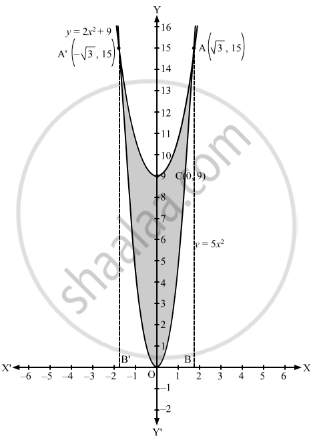



Find The Area Enclosed By The Parabolas Y 5x2 And Y 2x2 9 Mathematics Shaalaa Com



Area Of A Region Bounded By Curves




Area Between Curves The Parabola Y 3 X 2 And Line Y X 1 Youtube
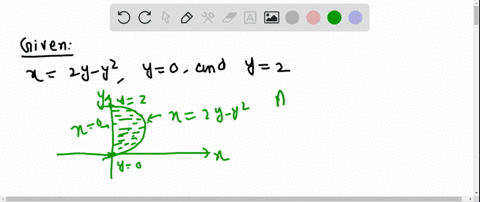



Solved The Area Of The Region That Lies To The Ri



Mathscene Integration Lesson 3
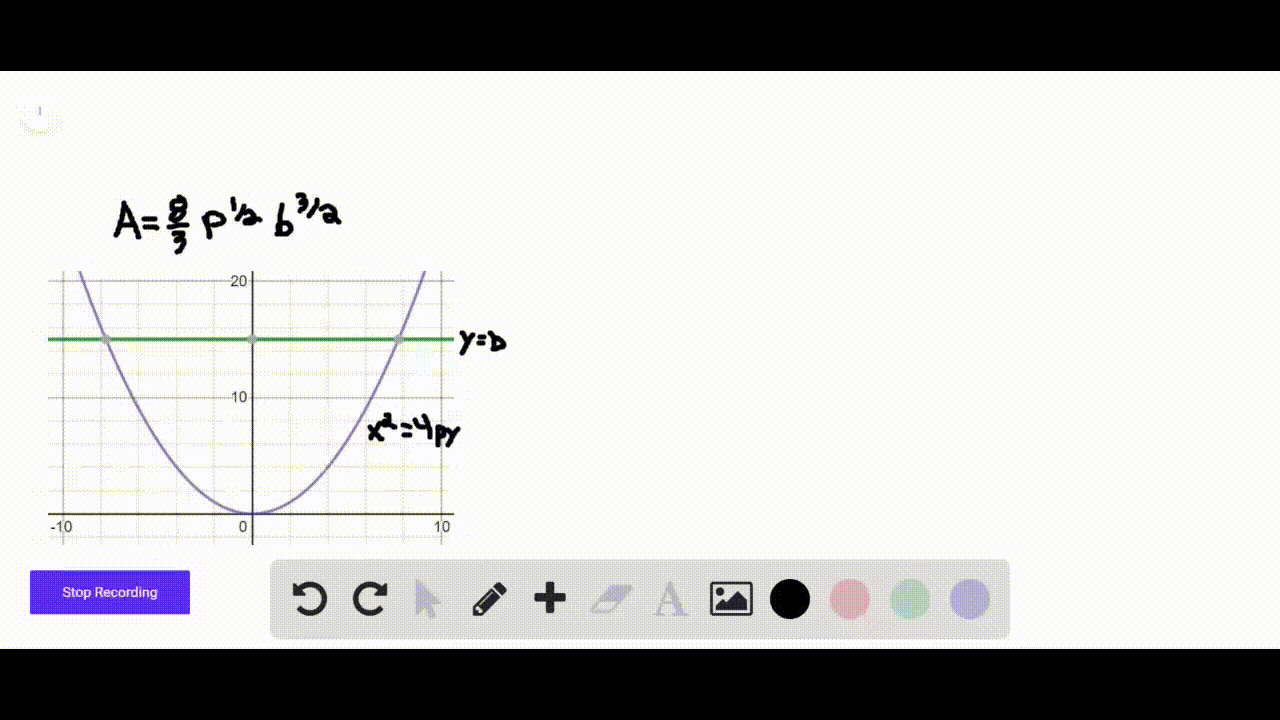



Solved The Following Figure Shows The Parabola Y



Integration Area And Curves




19 Consider The Parabola Y X2 11 1 Solution The Shaded Area Is Win Wi 3



コメント
コメントを投稿